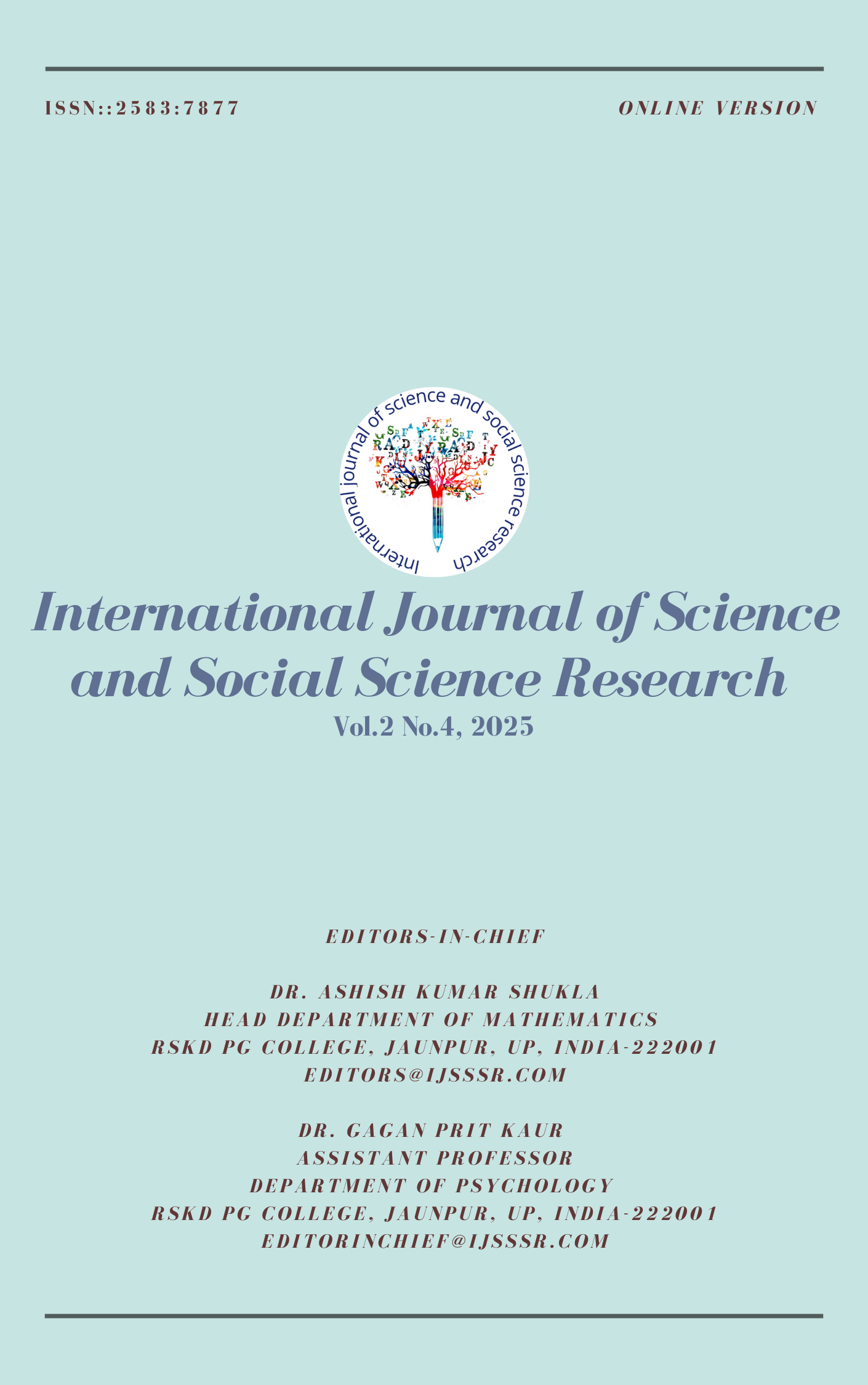AI-Driven Predictive Analytics: Enhancing Cybersecurity, Seismic Forecasting, Consumer Insights, and Customer Retention in the USA
DOI:
https://doi.org/10.5281/zenodo.14961981Keywords:
AI-Driven Predictive Analytics, Machine Learning, Cybersecurity, Seismic Forecasting, Consumer Insights, Data-Driven Decision Making, Sentiment Analysis, Churn Prediction, Neural NetworksAbstract
Artificial intelligence (AI)-driven predictive analytics is transforming several key sectors in the USA, including cybersecurity, seismic forecasting, consumer insights, and customer retention. This study examines the effectiveness of machine learning (ML) models in detecting cyber threats, predicting seismic activities, analyzing consumer sentiment, and forecasting customer churn. Researchers utilized extensive datasets from these areas, including network traffic logs, seismic records, social media sentiment datasets, and customer transaction data. They applied advanced AI techniques, such as deep learning, ensemble learning, and classification models, to optimize predictive accuracy. The findings indicate that deep learning models, including Neural Networks and Long Short-Term Memory (LSTM) networks, significantly outperform traditional methods in intrusion detection and seismic forecasting, achieving higher accuracy and lower error rates. Ensemble learning models, like Random Forest and XGBoost, excel in consumer sentiment analysis and predicting customer churn, providing valuable business insights that enhance customer retention strategies. The evaluation metrics used in this study include accuracy, precision, recall, F1-score, Area Under the Curve - Receiver Operating Characteristic (AUC-ROC), Mean Squared Error (MSE), and Root Mean Squared Error (RMSE), ensuring a comprehensive assessment of model performance. Despite these encouraging advancements, several challenges persist, including concerns about data privacy, model interpretability, and computational complexity. Future research should prioritize explainable AI (XAI) frameworks to improve model transparency and trust. Furthermore, integrating real-time analytics and adaptive AI systems will be crucial for enhancing cybersecurity defenses and disaster response mechanisms.
Downloads
Published
How to Cite
Issue
Section
License
Copyright (c) 2025 International Journal of Science and Social Science Research

This work is licensed under a Creative Commons Attribution-NonCommercial 4.0 International License.







